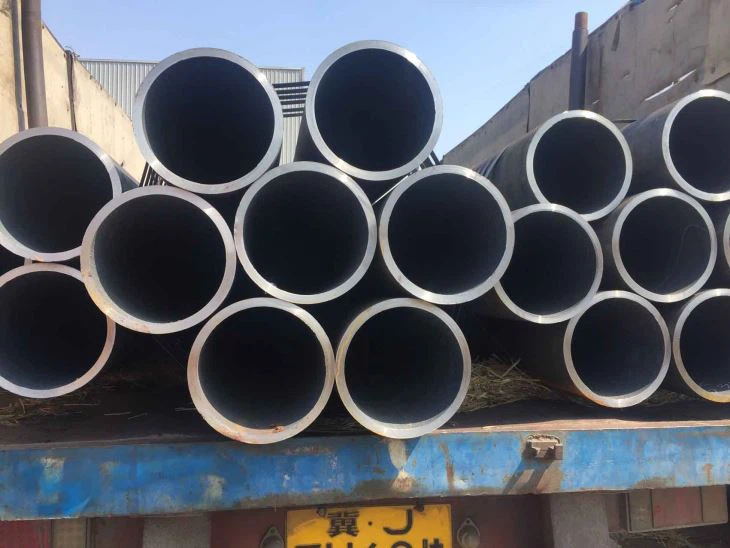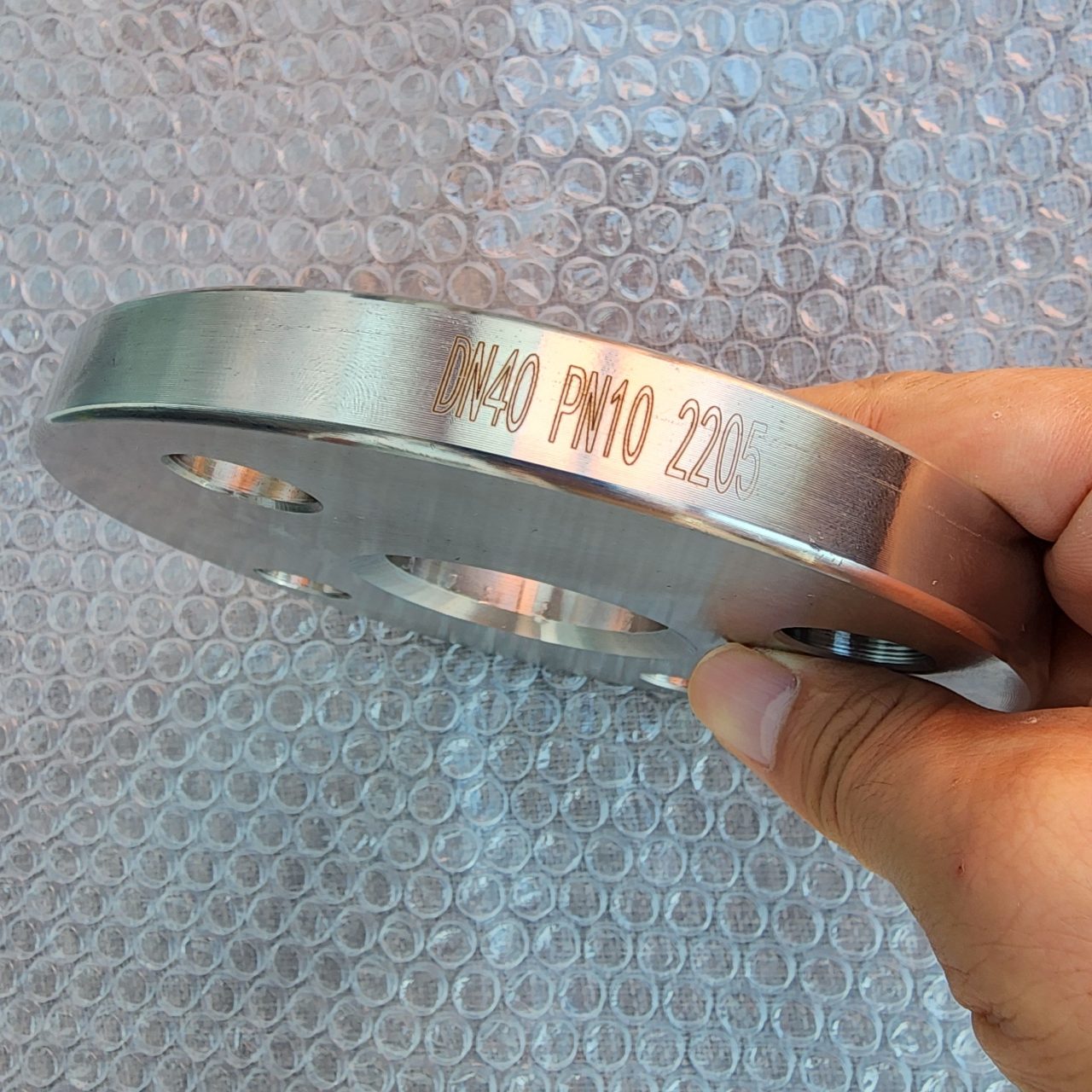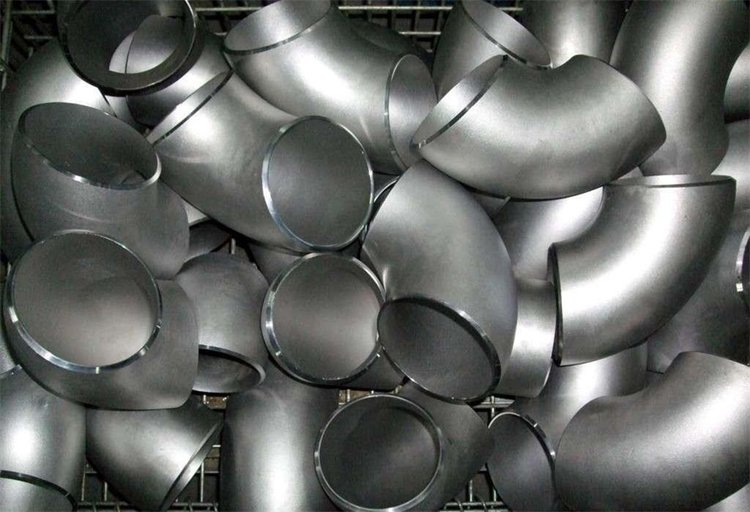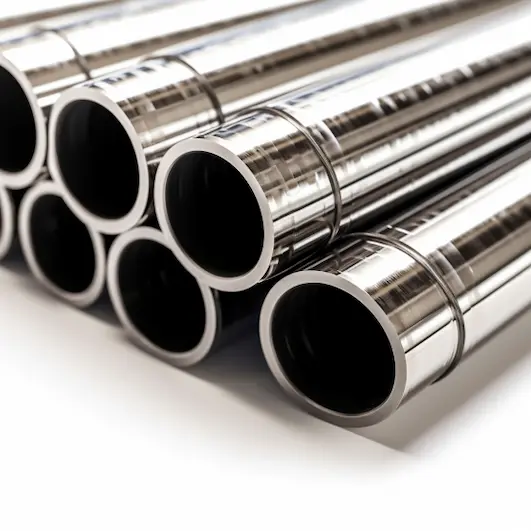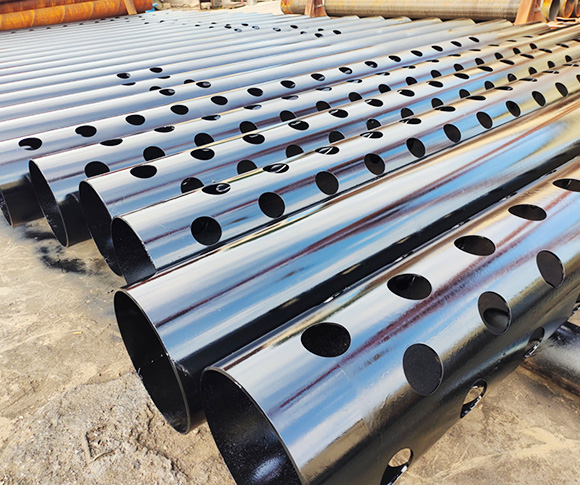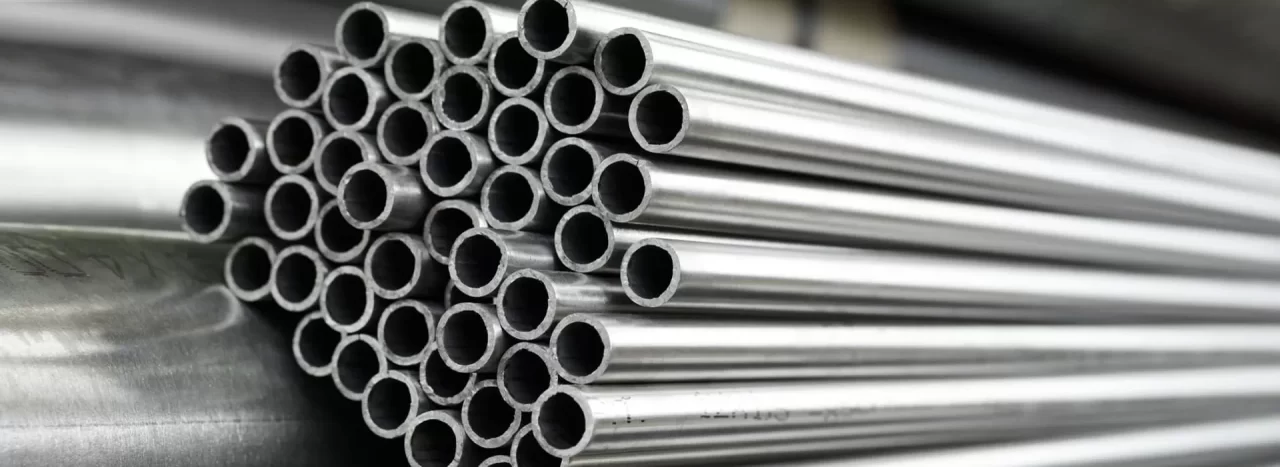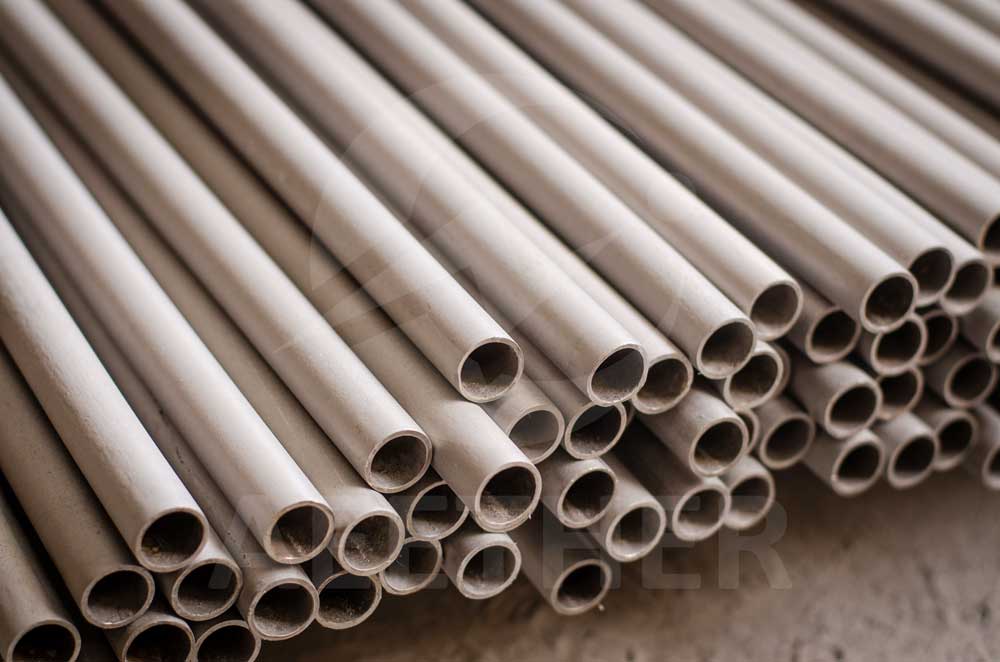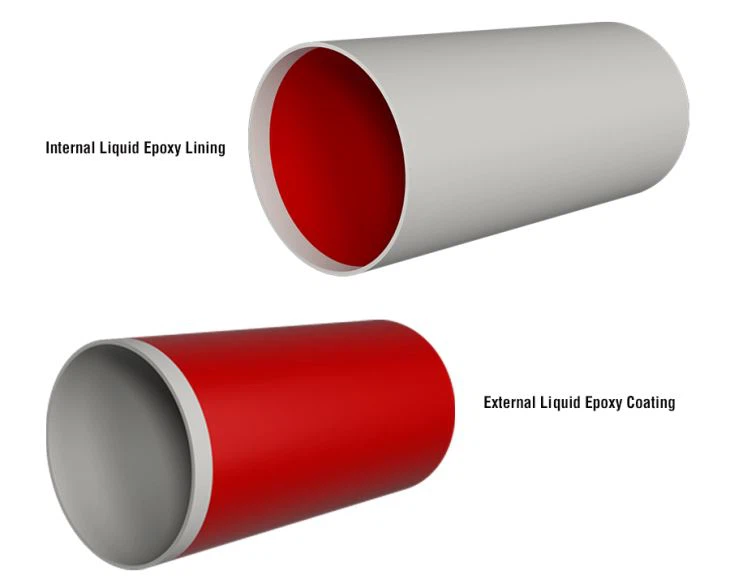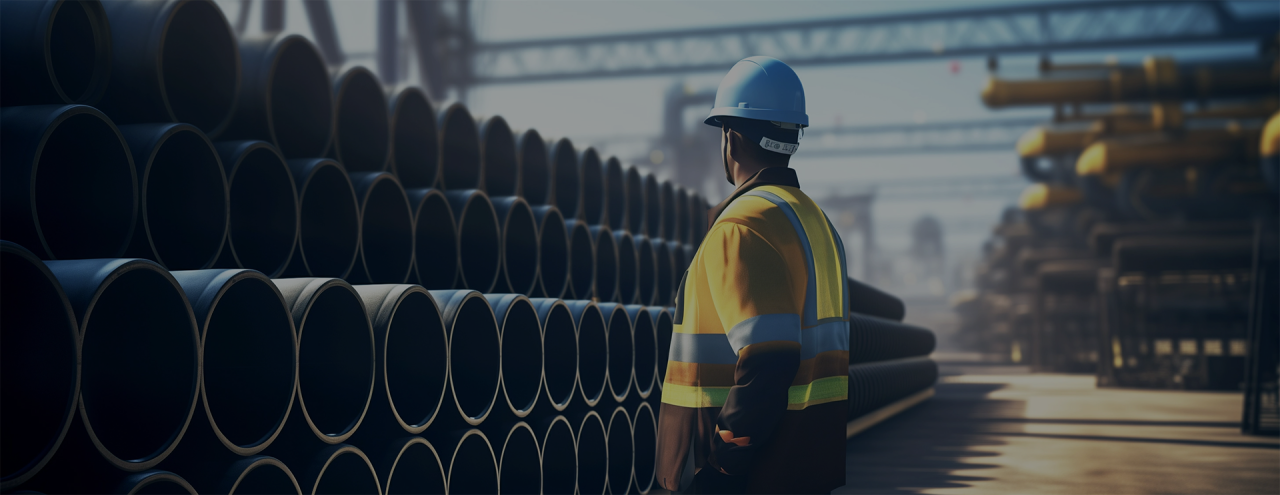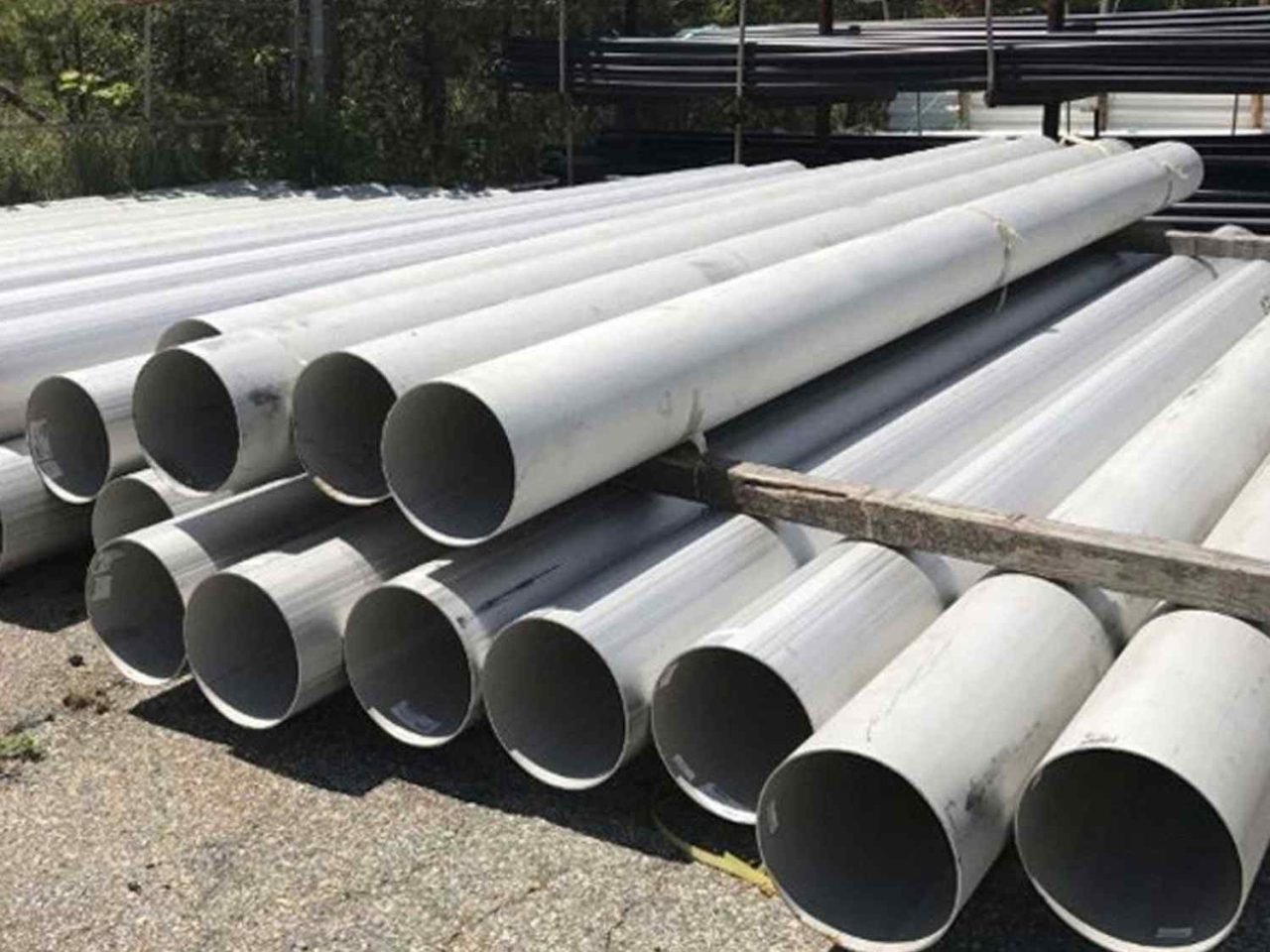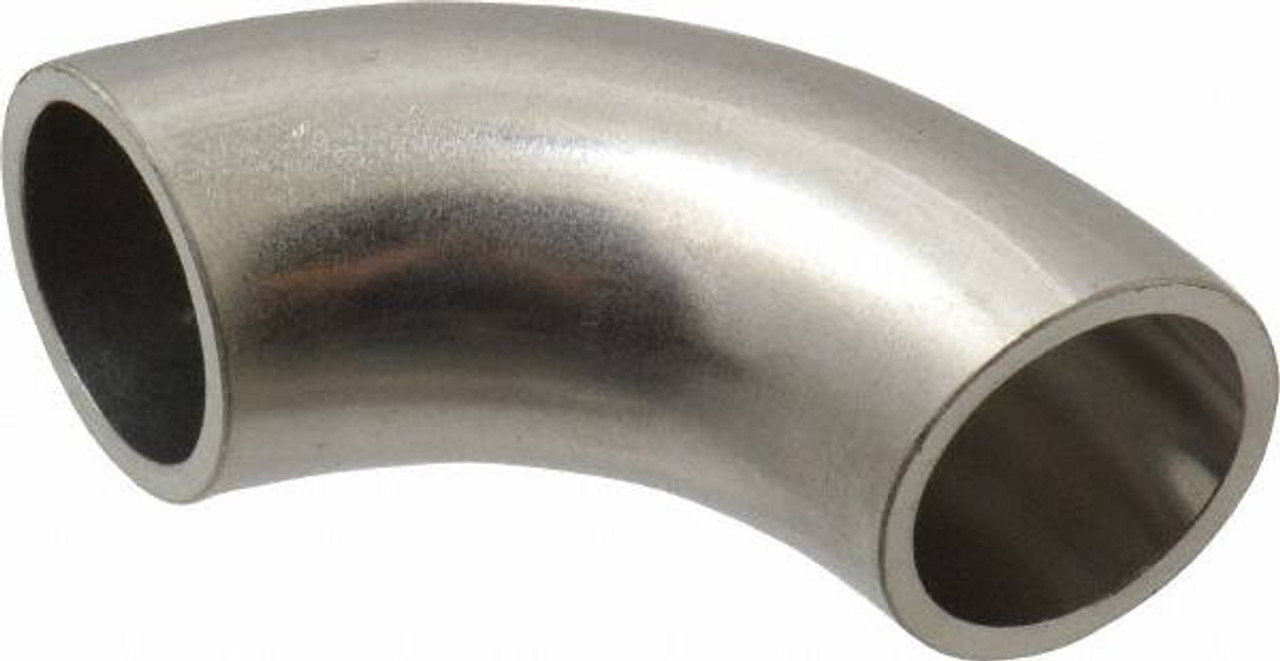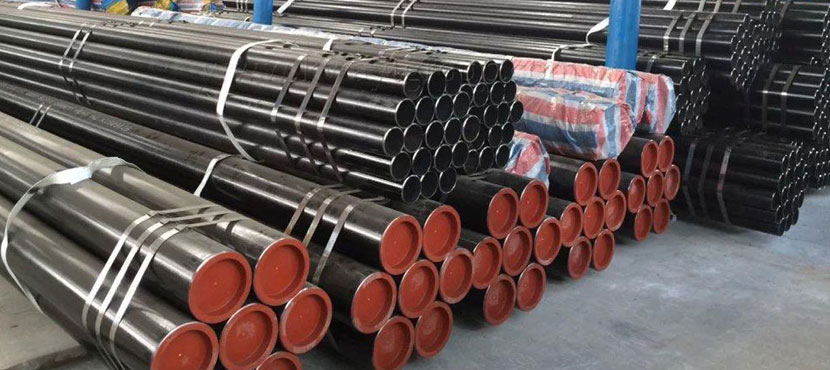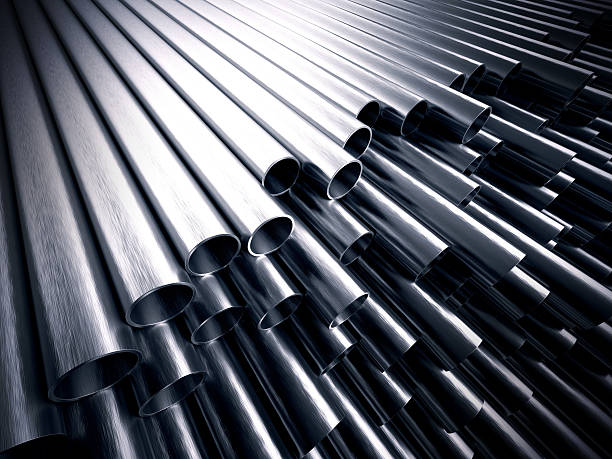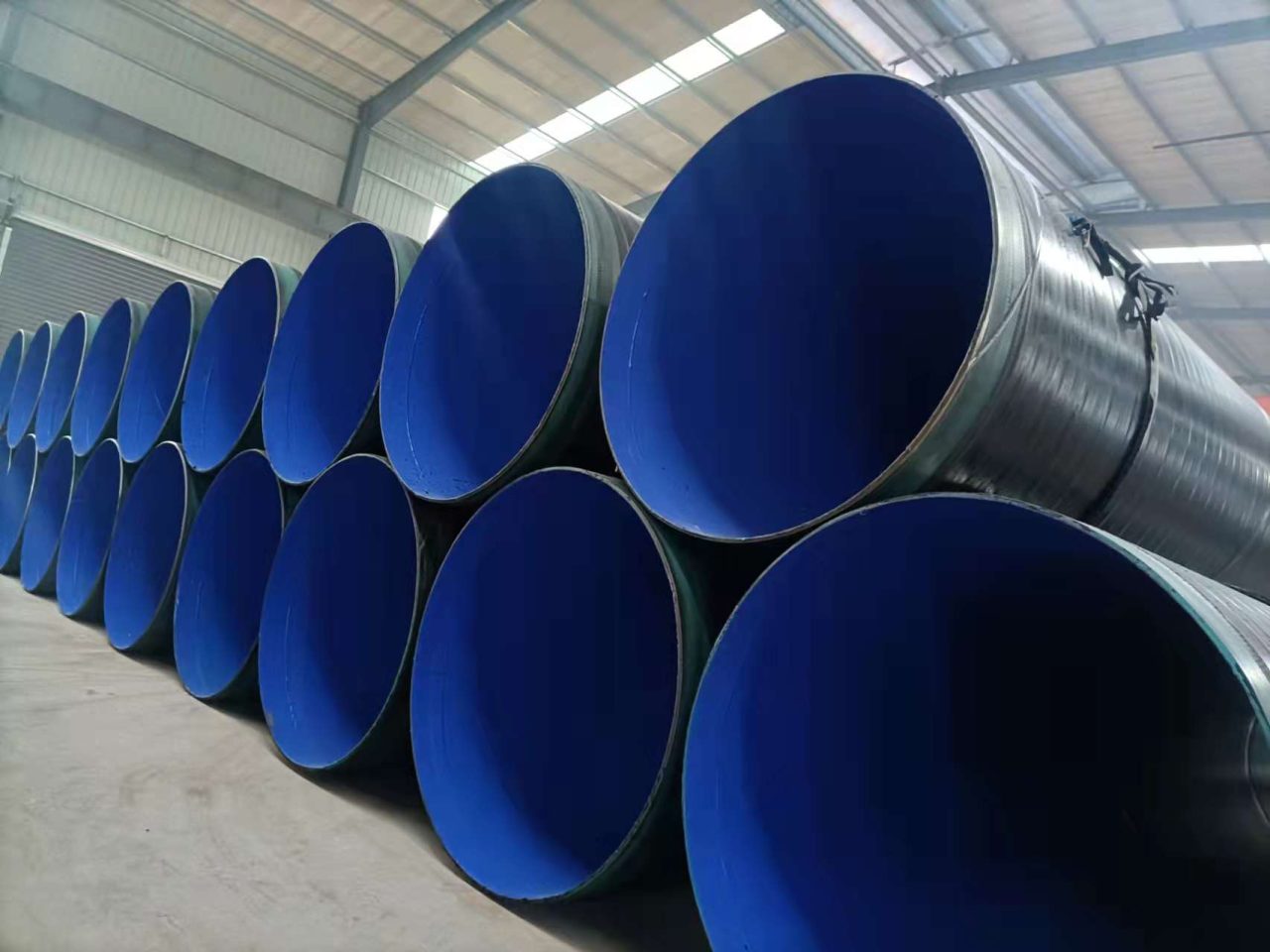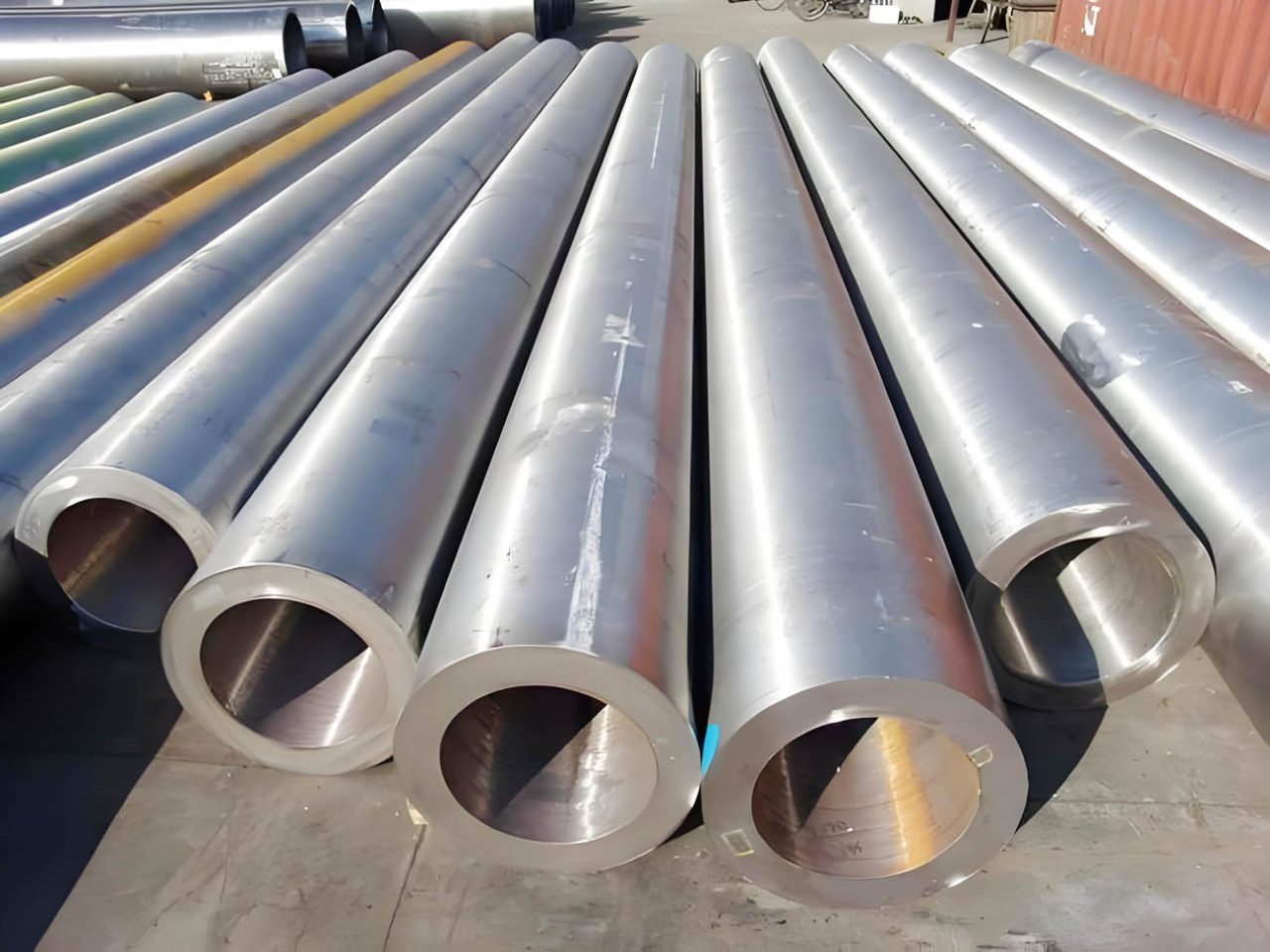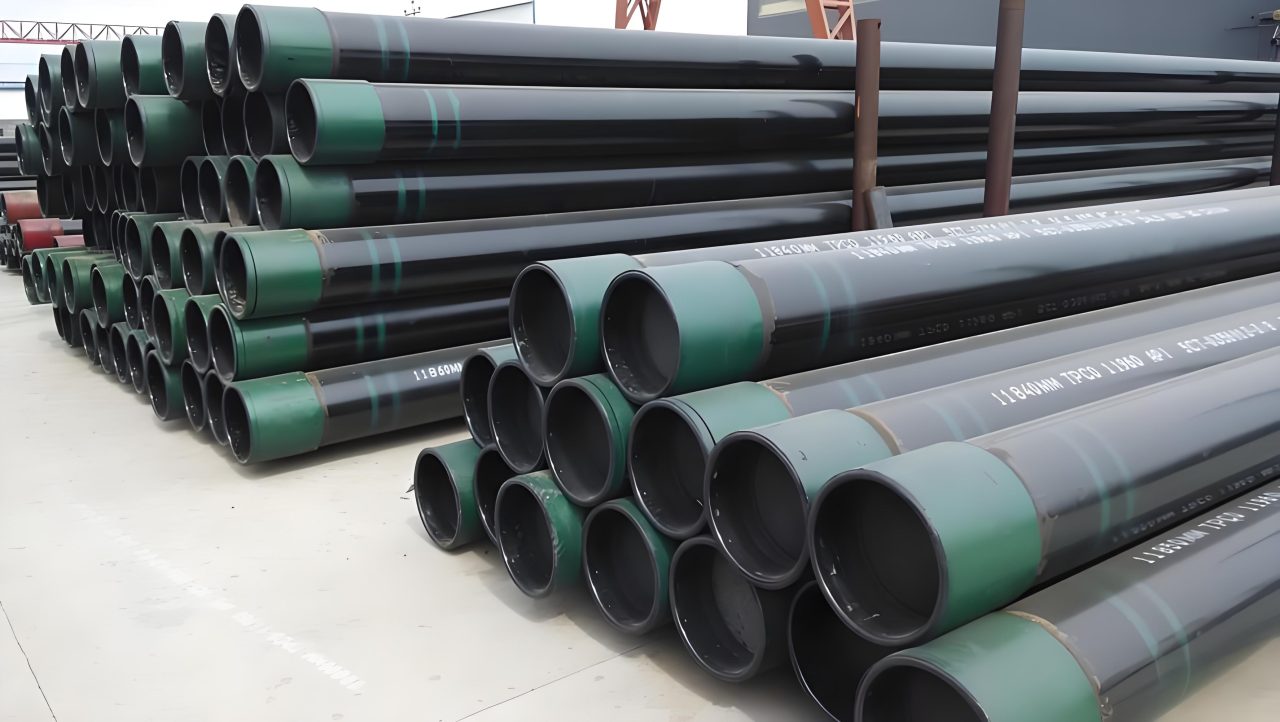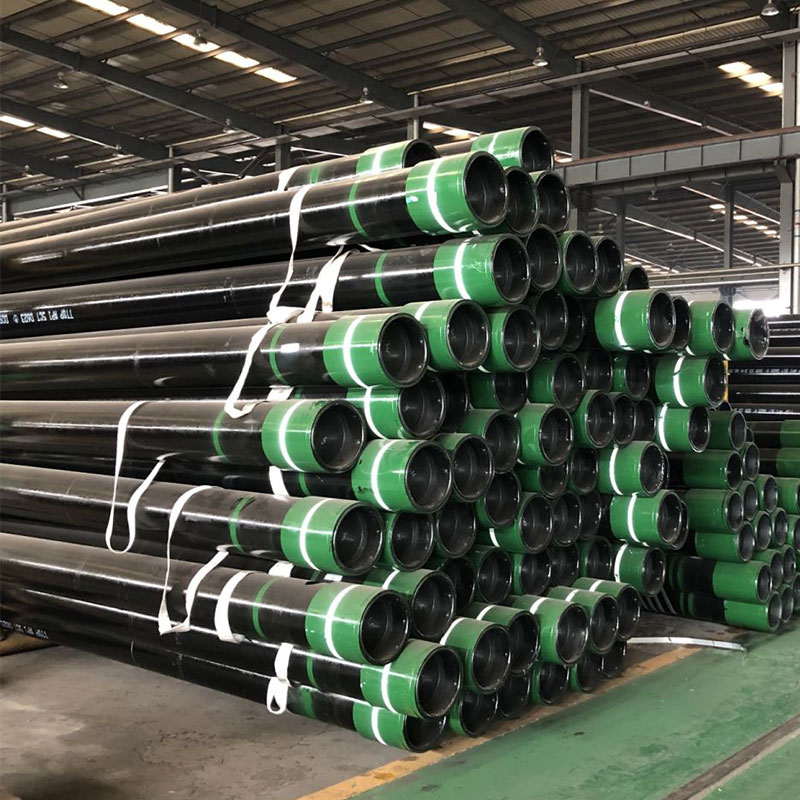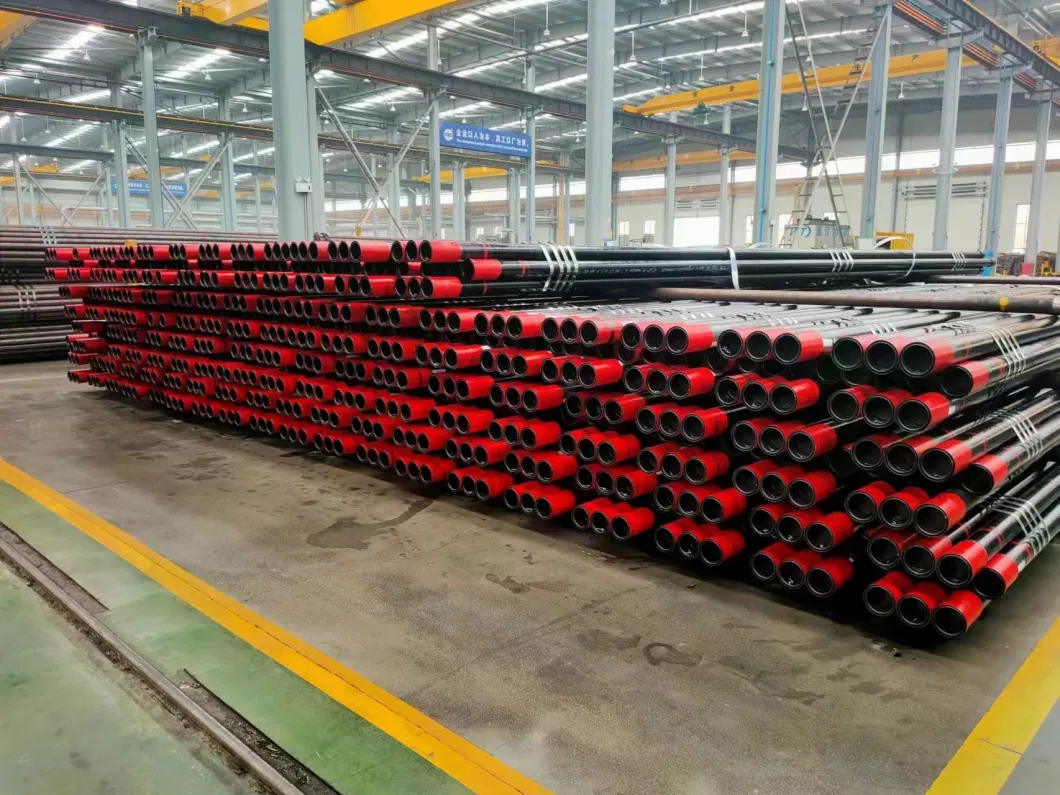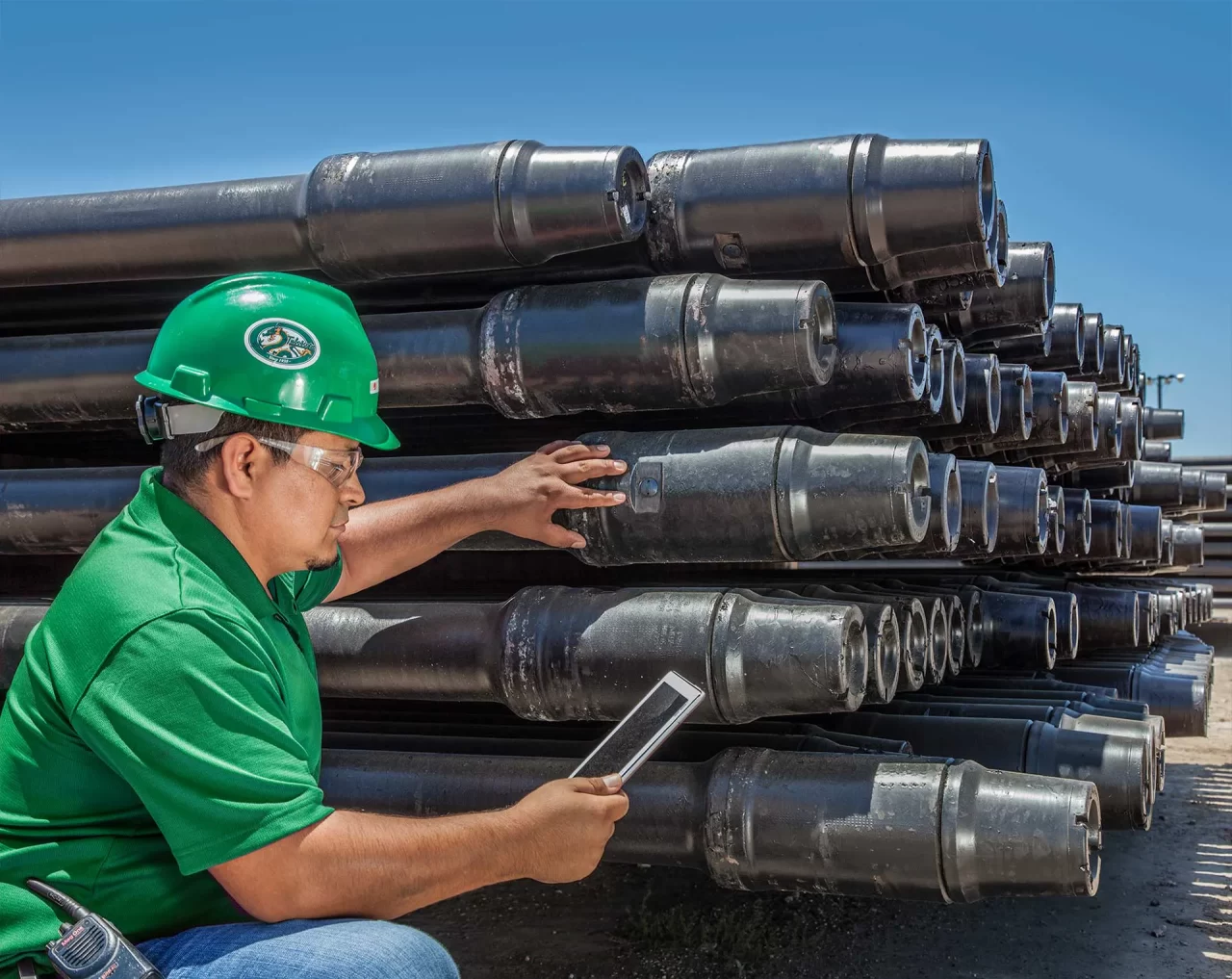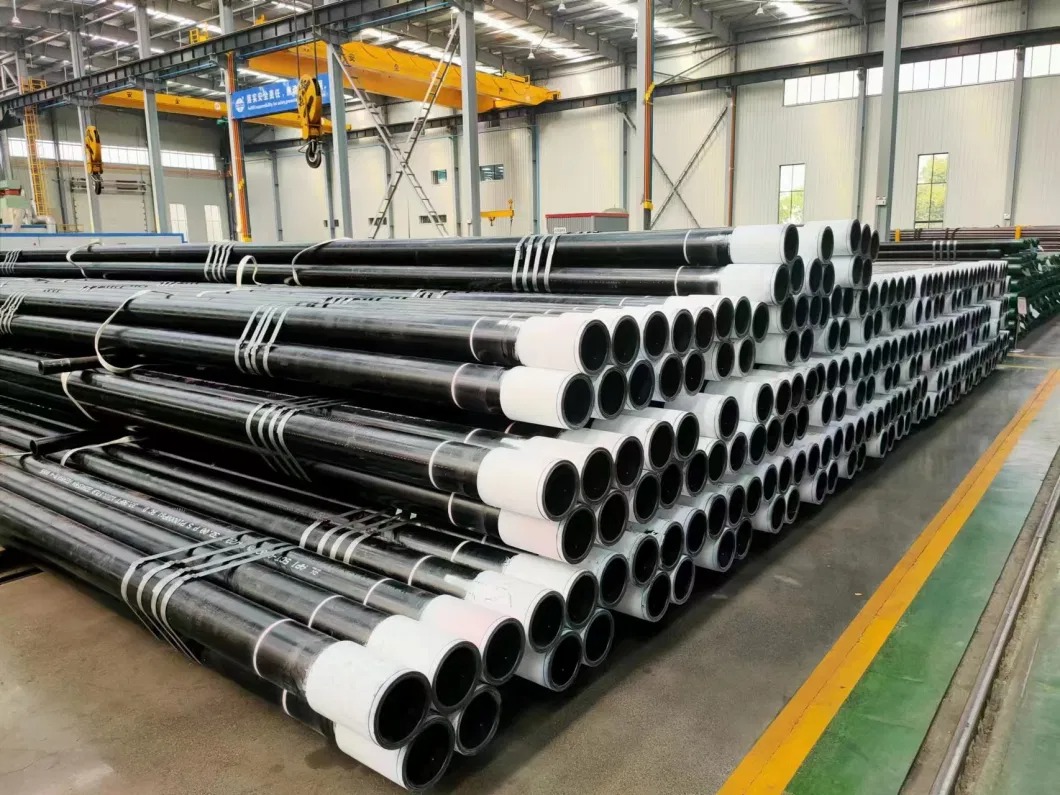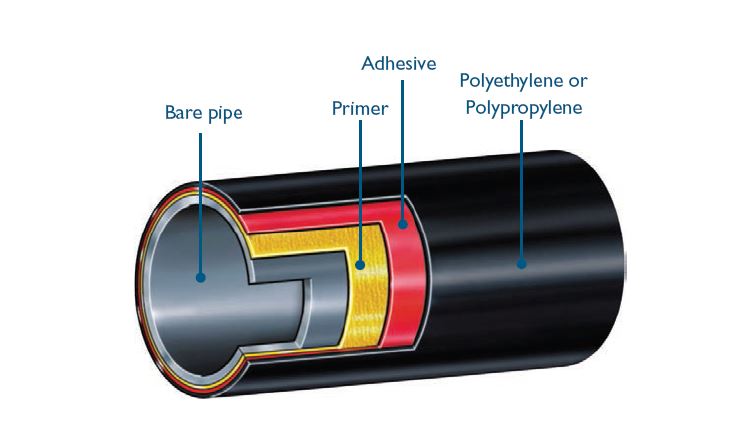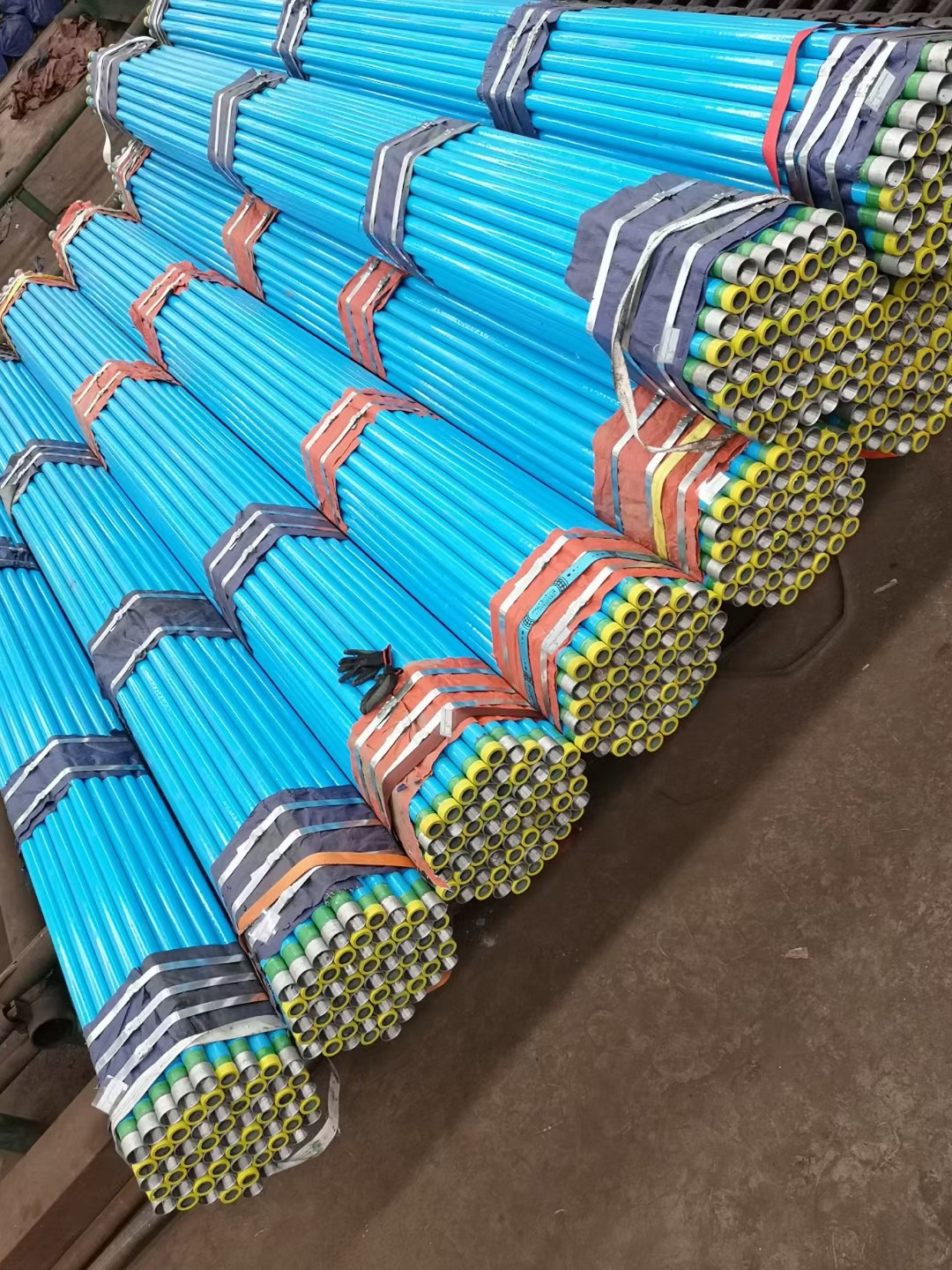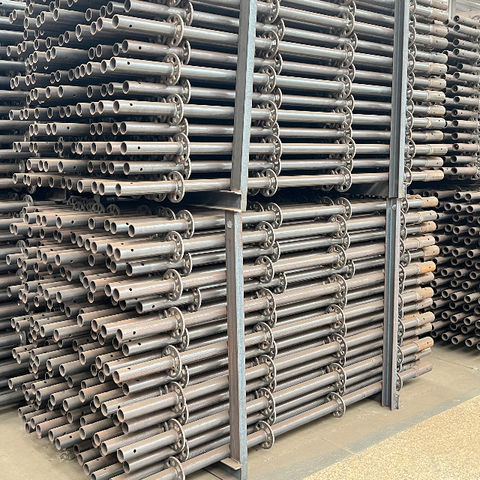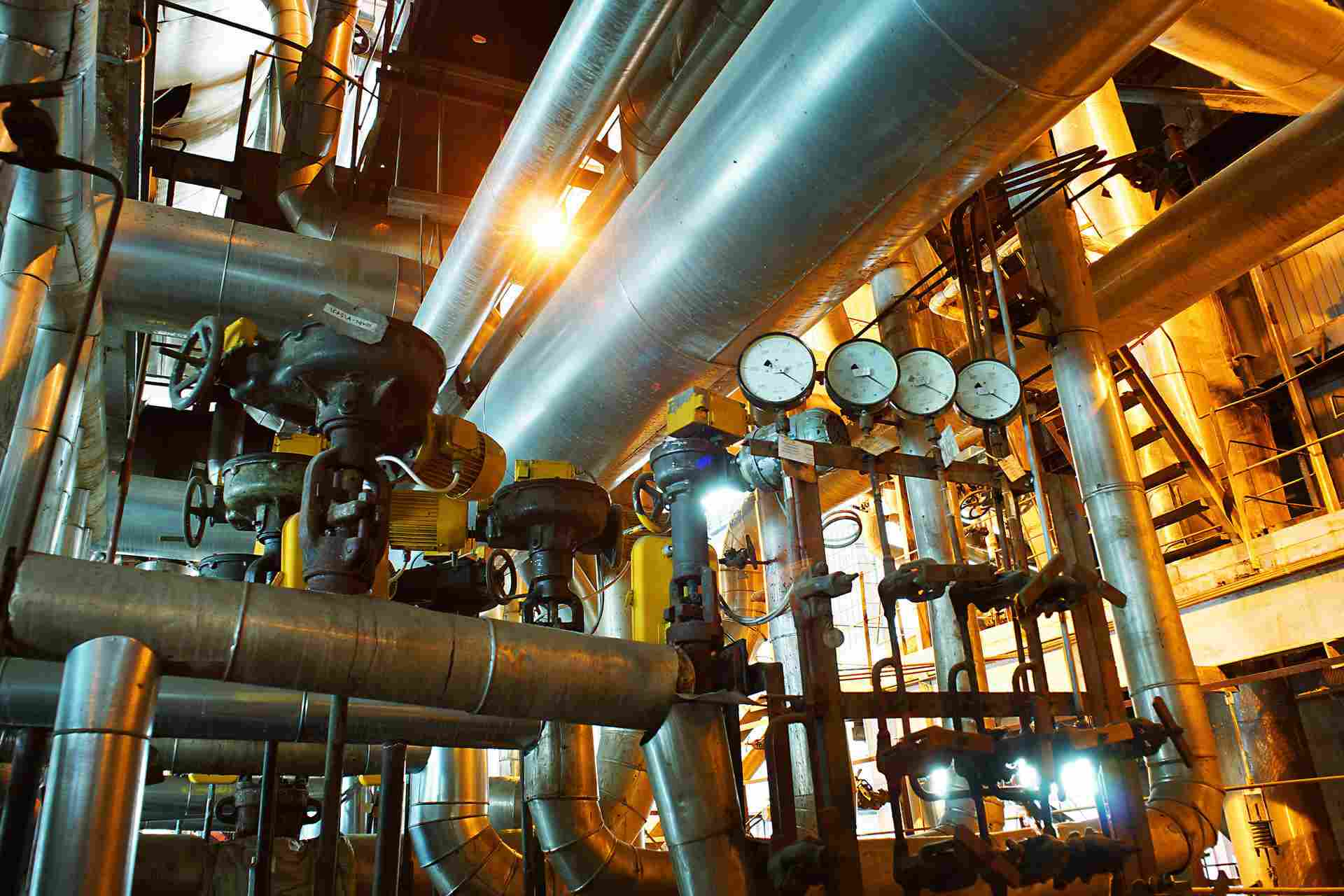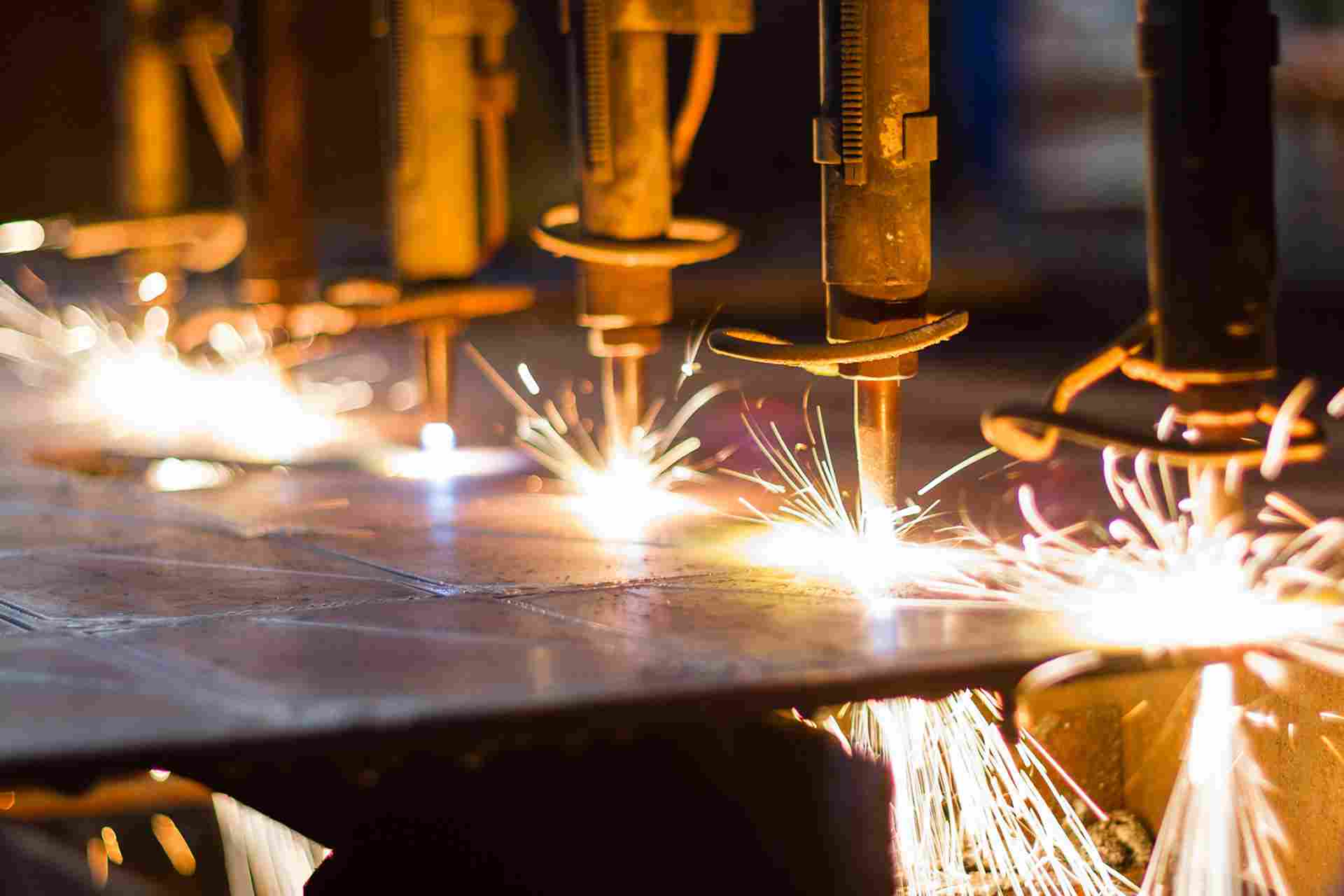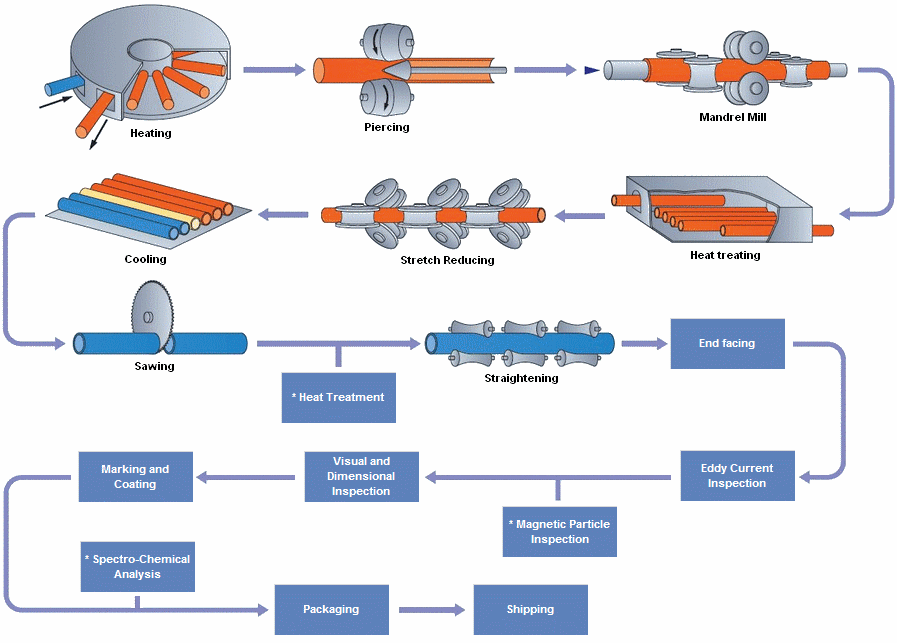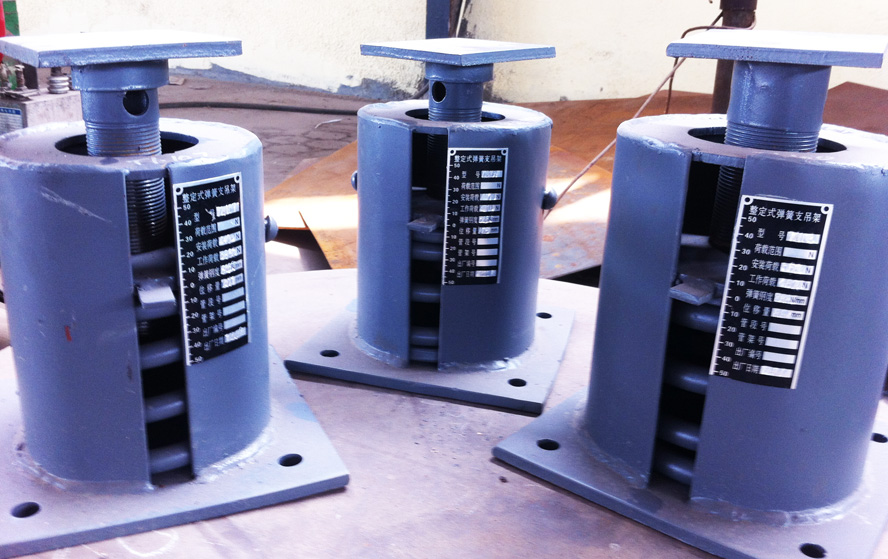For high-pressure hydraulic cylinders, seamless steel pipes such as ST52 (E355), SAE 4140 (42CrMo), 37Mn, and 34CrMo4 are widely used, adhering to standards like DIN 2391, ASTM A519, and GB 18248. These grades offer the necessary strength, toughness, and precision to ensure safety and performance under extreme pressures. Selection depends on specific pressure requirements, environmental conditions, and manufacturing processes like honing or heat treatment.
admin
The welding of UNS N08825 pipelines demands a holistic approach integrating material science, process engineering, and stringent quality control. By optimizing TIG/MIG/SMAW parameters, mitigating defects through pre/post-weld treatments, and adhering to international standards, industries can leverage the alloy’s full potential in corrosive and high-temperature environments. Continuous advancements in welding technologies promise enhanced efficiency and reliability for future applications.
Welding Inconel 625 and P22 requires meticulous control of thermal gradients, filler selection, and post-weld treatments to address metallurgical incompatibilities. Industry standards and advanced processes (e.g., EBW, laser welding) enhance joint reliability in critical applications. Continuous innovation in welding technology will further optimize these dissimilar joints for extreme environments.
2205 duplex steel plate flat welding flange (HG/T 20592 DN40 PN10 PLRF) combines the corrosion resistance of the material with the lightweight advantages of the structure, and is suitable for medium and low pressure corrosive environments such as chemical industry and marine engineering. Its design must strictly follow the size and pressure specifications of HG/T 20592, and pay attention to the welding process and maintenance requirements during processing and use to ensure long-term reliability.
Monel K-500 is a high-performance nickel-copper-based alloy with excellent corrosion resistance and mechanical properties, suitable for a variety of industrial applications. Its good welding properties and processability make it have high flexibility in the manufacturing process. Through appropriate heat treatment processes, its performance can be further improved and the needs of different working conditions can be met.
Through the welding practice of more than 400 dyne ports in the gasification section of the Liuguo Chemical Ammonia Synthesis Device, it is shown that the above welding process can completely ensure the welding quality. Judging from the result of the passing rate of 96%, it is sufficient. Prove this.
To sum up, Nickel 200's surface treatment technology includes methods such as pickling, bright annealing and polishing surfaces. These technologies have their unique advantages and room for improvement in different application scenarios.
Nickel 200 (UNS N02200/WS 2.4060) is a high-purity nickel alloy pipeline material. It performs excellently in corrosive media treatment, electronics and aerospace, but its high-temperature applications need to be carefully selected. Its welding pipe standard ASTM B725 clearly defines the size and process requirements. The supplier needs to match the carbon content (select Nickel 200 or 201) and surface treatment method according to the specific working conditions.
Perforated casing pipes are widely used in both oil & gas and water well applications. They play a crucial role in enabling efficient fluid flow, protecting the wellbore, and ensuring the overall longevity of the well. The pipe’s perforations (holes) allow for controlled inflow or outflow of fluids while preventing the collapse of the wellbore, which can be caused by external pressures. This article provides a comprehensive look at Perforated Casing Pipes, including their specifications, materials, types, mechanical properties, and applications in the oil, gas, and water well industries.
The choice between Inconel® X-750 (UNS N07750) and Nickel Alloy 600 depends largely on the specific requirements of the application: Choose Inconel X-750 for high-stress, high-temperature applications where mechanical strength, fatigue resistance, and creep resistance are critical (e.g., aerospace, nuclear, and gas turbines). Choose Nickel Alloy 600 for versatile corrosion resistance in general-purpose applications or where fabrication and cost-efficiency are more important (e.g., chemical processing, marine, and heat exchangers).
Hastelloy C276 alloy steel pipes, produced under ASTM B622 UNS N10276 standards, are indispensable in industries that demand high corrosion resistance and durability. With its exceptional properties, wide-ranging applications, and long lifespan, this material remains a top choice for critical applications. Investing in Hastelloy C276 ensures reliability and performance, even in the most challenging environments.
Hastelloy C-276 stands out as one of the most versatile and corrosion-resistant alloys available today. Its unique properties make it indispensable in industries where performance and reliability are paramount. From resisting aggressive acids in chemical plants to enduring the harsh conditions of marine environments, Hastelloy C-276 has proven its worth time and again. While its high cost and fabrication challenges may pose limitations, the benefits it offers far outweigh these drawbacks for critical applications.As global industries continue to push the boundaries of innovation, Hastelloy C-276 will remain a cornerstone material for demanding environments, ensuring safety, efficiency, and durability for years to come.
Liquid-epoxy coatings and linings are essential for protecting steel water pipes and fittings in water infrastructure systems. From their superior corrosion resistance to their adaptability for various applications, these coatings ensure the long-term performance and safety of pipelines. By adhering to proper application techniques, inspection protocols, and industry standards, project managers and engineers can maximize the benefits of epoxy coatings. Whether you're working on a potable water system or a wastewater project, liquid-epoxy coatings provide a durable, cost-effective, and environmentally friendly solution to meet the demands of modern water infrastructure.
Epoxy-coated steel pipes are essential for ensuring the durability, safety, and efficiency of water supply, drainage, and dredging systems. By complying with international standards and offering superior corrosion resistance, epoxy-coated pipes deliver exceptional performance in harsh operating conditions.
Duplex 2205 (UNS S32205) steel pipe is a high-performance material that offers a blend of strength, corrosion resistance, and durability. Ideal for use in challenging environments like oil and gas, marine applications, and chemical processing, it outperforms standard austenitic steels in many areas. However, its higher cost and welding challenges may make it less ideal for less demanding applications.
The CFD analysis of water flow inside buttweld elbow pipes reveals that the normal-edged elbow pipe outperforms the sharp-edged elbow pipe in terms of flow efficiency, energy consumption, and structural integrity. Key findings include:
ASTM A210 Grade A1 Seamless Tube shall be made by the seamless or welding process with the addition of no filler metal in the welding operation. The offered ASTM A210 GR A1 CS Seamless Tubes is availed in diverse sizes and other related specifications, to meet requirements of our prominent clients.ASME SA 210 Gr.A1 Boiler Pipes that is designed according to set industry standards. As per the needs and requirements of our clients, we are involved in providing ASME SA 210 Gr. A1 Boiler Tubes. Buy ASTM A210 Grade A1 Boiler Tubes at reasonable cost from us.
When selecting between seamless and welded high nickel alloy pipes, consider factors such as pressure requirements, corrosion resistance, cost, and size availability to ensure that you choose the right type of pipe for your project. For more information or assistance in selecting the right pipe, consult with a materials specialist or supplier who can help guide you through the decision-making process.
Both 3LPP and 3PE coatings provide excellent protection for steel pipelines, but they are designed for different operating conditions. 3LPP coatings, with their high-temperature resistance and superior mechanical strength, are ideal for pipelines in harsh environments or those transporting hot fluids. On the other hand, 3PE coatings, with their cost-effectiveness and good flexibility, are better suited for pipelines in moderate environments where temperature and mechanical stress are lower.
Welded joints in ASTM A335 P5 alloy steel pipes are susceptible to various forms of corrosion, particularly in harsh environments. The welding process, heat-affected zone, and post-weld heat treatment all play critical roles in determining the corrosion behavior of the material. By employing proper welding techniques,
By following these guidelines, operators can effectively manage the integrity of corroded pipes, ensuring continued safe operation in challenging environments.
The casing pipe market is poised for growth and transformation as it adapts to evolving industry demands and technological advancements. While challenges such as raw material price volatility and supply chain disruptions persist, the market's resilience and innovation capacity offer significant opportunities for growth. As we approach 2025, the focus on sustainability, smart technologies, and advanced materials will shape the future of the casing pipe market, ensuring its continued relevance and contribution to the global energy landscape.
Connection technology for casing pipes is a critical component of well construction, ensuring the safe and efficient operation of oil and gas wells. From traditional threaded and welded connections to advanced mechanical and smart technologies, the industry continues to innovate to meet the demands of increasingly challenging environments. By selecting the appropriate connection technology and adhering to best practices, operators can optimize well performance, enhance safety, and extend the lifespan of their wells.
The phases of drilling, casing, and tubing are integral to the successful development of an oil or gas well. Each phase requires careful planning, precise execution, and adherence to safety and environmental standards. By understanding and effectively managing these phases, operators can optimize production, minimize risks, and ensure the longevity of the well. As technology advances, new techniques and materials continue to enhance the efficiency and safety of these operations, contributing to the ongoing evolution of the oil and gas industry.
Well casing pipe damage poses significant challenges to the integrity and efficiency of wells. Understanding the causes of damage and employing appropriate repair technologies are essential for maintaining safe and effective operations. From corrosion and mechanical stress to seismic activity and abrasive wear, various factors can contribute to casing damage. By utilizing a combination of traditional repair methods and advanced technologies, operators can effectively address these issues and extend the lifespan of their wells. Additionally, implementing preventive measures and best practices can help minimize the risk of damage and ensure the continued success of well operations. As technology continues to evolve, new solutions and materials will further enhance the ability to prevent and repair well casing pipe damage, contributing to the sustainability and safety of the oil and gas industry.
In summary, while both coating and lining are essential for protecting pipelines, they serve distinct purposes and are applied in different contexts. Coating focuses on external protection, shielding pipes from environmental factors, while lining addresses internal protection, safeguarding pipes from the substances they carry. Both processes offer significant benefits, including corrosion resistance, enhanced flow efficiency, and extended service life. As technology continues to advance, the effectiveness and sustainability of coating and lining methods are expected to improve, ensuring the continued reliability and safety of pipeline systems across various industries.
hot dipped galvanized tubes Scaffolding pipes,pre galvanized steel tubes,GI pipes and tubes, hot dipped pipes and tubes play more good role on the outdoor using such as bridge pipes, warehouse, street lamp, and telegraph poles, and also for the liquid pipes, useful widely. pre-galvanized steel pipes used in Construction / building materials steel pipe, Scaffolding pipe, Solar structure component steel pipe, Fence post steel pipe, Greenhouse frame steel pipe.
Each type of scaffold tube and pipe offers distinct advantages and is selected based on the specific requirements of the construction project, including factors such as load capacity, environmental conditions, and budget constraints. By choosing the appropriate material, construction professionals can ensure the safety and efficiency of their scaffolding systems.
Scaffolding Pipe is a vital component of the construction industry, providing safe access to elevated work areas and supporting the efficient completion of projects. Understanding the necessity of Scaffolding Pipe, how it is assembled, the materials used in its construction, and the processes involved in inspecting it for safety is essential for ensuring the safety and success of construction projects. By adhering to best practices and safety standards, construction professionals can minimize risks and create a safe working environment for all involved.
The design of application pressure for chemical pipelines is influenced by a combination of chemical properties, flow rate requirements, friction loss, material selection, and environmental conditions. By carefully considering these factors, engineers can ensure the safe and efficient transport of chemical substances, minimizing risks and maintaining the integrity of the pipeline.



